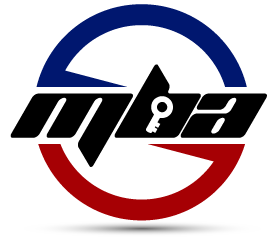In this Lightning Cast, you’ll discover how to create solutions your customers will love by thinking as a customer.
A Lightning Cast is a shorter form episode modeled after lightning talks. You’ll get valuable content in 8 minutes or less.
Do you create products and solutions that meet your customer’s needs or do you create shelfware?
According to a 2014 study, 7 out of 10 products fail. That’s because they don’t solve a customer problem and don’t have a good market fit. We create products and services no one needs.
The wasted and time and money from these failed initiatives is only part of the story. Once you develop the product, you need to maintain it, leading to more waste.
That’s why we need to think differently about product development.
Three Lenses
When we analyse potential solutions, we need to view solutions through three lenses; the Business, Technology, and Human lenses.
Through the business lens, we analyse the business value associated with the solution. With the technology lens, we determine if the solution is technically feasible. We often use these two lenses to select the right solution.
The problems arise when we forget the human lens. What is the expected customer experience? How can we best address a need that surprises and delights our customers?
To build great products, we need to understand our customers. That understanding can change or evolve at different time horizons.
Highest Level (Strategic Horizon)
At the highest time horizon, we need to maintain a strategic focus on customer value.
We can do that by helping the organization set the right goals aligned to the target market. To ensure a consistent, positive customer experience, we can also look holistically across the entire customer journey to identify gaps and negative experiences.
At this level, you can support your organization by helping them make the right decisions that lead to more valuable customer outcomes.
Techniques to use at this level include market analysis, visioning, and product road maps.
Middle Level (Project or Initiative Horizon)
At the project level, you’ll need to prioritize features and solutions by understanding what’s important and valuable to your target customers. You’ll also need to ensure that the proposed products have a good solution fit and market fit.
Here, it’s critical to maximize outcomes while minimizing outputs. You’ll need to test to get data and real-world feedback.
Techniques to use at this level include Kano analysis, purpose alignment models, personas, and prototypes.
Lowest Level (Solution Delivery)
When you’re delivering solutions, you need to understand your customers, what’s valuable to them, and create fast feedback loops.
You can keep the team focused on the customer by creating personas and customer journeys.
To create feedback loops, you can schedule demonstrations of working software (or prototypes) and let customers interact with the solution before soliciting feedback. Interviews and observation can also be effective tools in getting feedback.
When you think as a customer, you’re able to quickly find out you’re wrong. That allows us to waste less time and adapt or pivot to a solution customers will truly want.
Listen to the full episode to discover techniques and approaches to building products customers will love.
Thank you for listening to the program
To get more valuable content to enhance your skills and advance your career, you can subscribe on iTunes and other podcatchers.
Also, reviews on iTunes are highly appreciated! I read each review and it helps keep me motivated to continue to bring you valuable content each week.







